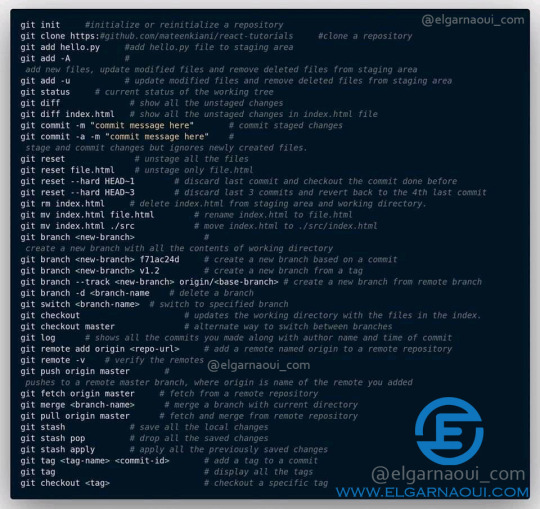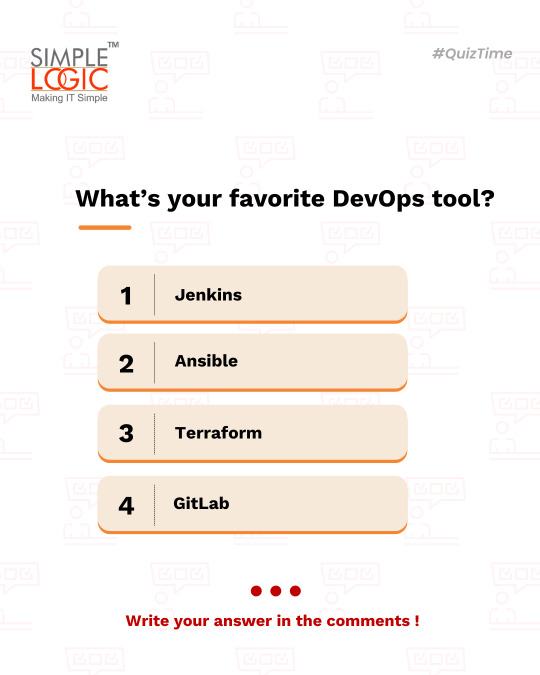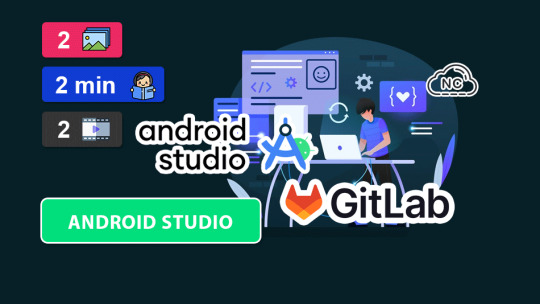#gitlab
Explore tagged Tumblr posts
Text
looking to migrate my stuff from github to another service, and i know lots of people have been recommending to switch to gitlab for years, but is it still even that good? i see their front page advertise AI like crazy.
feature-wise what im looking for honestly is to have some private repos, and markdown to look similar enough to github so i don't have to spend too much time on the README files.
75 notes
·
View notes
Text
i’m on a calorie deficit. i’m debating whether spend the last 500 calories i have left on a brownie or dinner. let me know, you choose.
btw new post at @cherrygonedigi on instagram in case you wanna go check it (and also at @chrrycolaaaaaa on tiktok)
#i hate calories#calorie restriction#caloric deficit#girlblogging#girlhood#this is what makes us girls#girl interrupted#just girly things#lana del ray aka lizzy grant#ethel cain#effy stonem#tumblr girls#hell is a teenage girl#girl blog#nyc girl#girl of the year#gitlab#girl group#firli bahuri#manic pixie dream girl#im just a girl#daddy's good girl#beauttiful girls#ai girl#this is a girlblog#girlblogger#girlblog interrupted#wlw girlblog#live laugh girlblog#girlblog aesthetic
22 notes
·
View notes
Text
Kebbiru Allahu Ekber Türk Askerleri♥️
dailymotion
#bar#crazy#arcane#art#artists on tumblr#cats of tumblr#formula 1#free palestine#japan#jujutsu kaisen#severance#free palatine#free plugins#tu bian yingxiong x#girl gang#gitlab#crazy girl#goodnight#hinduism#gym#good morning#gaming#great body#sonic the hedgehog#beauttiful girls#mental health#history#gorgeous#hell is a teenage girl#horror
3 notes
·
View notes
Text
I'm tempted to host my own gitlab server, but I wouldn't want to have to deal with people needing an account on it. I wish there was like a federated gitlab thing so people can host their own and use one account to access them all
3 notes
·
View notes
Text

Git commands
#programming#git#gitlab#gitcommands#javaprogramming#java 21#javascript#web development#coding#codequality#software engineering#python#language#machine learning#artificial intelligence
4 notes
·
View notes
Text
It's the little things


Silly gitlab, dopamine is not optional.
5 notes
·
View notes
Text
Merge commit failed. Could've been avoided but I am bad at git.
please let me merge please please please please please please please please please please please please please please
12K notes
·
View notes
Text
The countdown has begun Iran will suffer many wounds in 72 hours Iran has risked everything ladies and gentlemen Iran is an excuse the main target is Turkey I feel America and Russia have nuclear bombs in space outside the world this Iran Israel America war is ending in Türkiye Before Hz. Muhammad died the angel Gabriel showed him a war this was a war between Muslim countries and Christians and Jews united Hz. Muhammad was horrified and said oh Allah help Turkey and the united Muslims otherwise there will be no one left on earth to worship you in the name of Islam Allah accepted his prayer sooner or later the plain of Amik will turn into a bloodbath and Islam will win the war there will be no state called Israel there will be no state called America and soon the angel of Isfail will blow the trumpet the apocalypse will come the seas will be covered the mountains will scatter like cotton the world will be flat the sun will swallow the whole world if this war ends the apocalypse will be extended America Russia and Israel are calling for the apocalypse. We will lose the war with Iran, but many American soldiers will die. Oh free people of America. Donald Trump deceived you. He said he would stop the war, but he lied. Now hundreds of dead American soldiers will return to America. Take to the streets immediately to stop the war.✊💥💣
dailymotion
#good morning#united states#united kingdom#across the spiderverse#good omens#goodnight#free iran#good friday#good vibes#israel#crazy girl#hiraoka#japan travel#japanese#japan#japan girl#bikni girls#hell is a teenage girl#girlhood#gitlab#beauttiful girls#baterista#bateria#gitara#donald trump#türkiye#canada#angel gabriel#hz. muhammed#islamic
1 note
·
View note
Text

#QuizTime
What’s your favorite DevOps tool?
A) Jenkins 🧱
B) Ansible 🤖
C) Terraform 🌍
D) GitLab 🚀
Comments your answer below👇
💻 Explore insights on the latest in #technology on our Blog Page 👉 https://simplelogic-it.com/blogs/
🚀 Ready for your next career move? Check out our #careers page for exciting opportunities 👉 https://simplelogic-it.com/careers/
#quiztime#testyourknowledge#brainteasers#triviachallenge#thinkfast#devops#jenkins#ansible#terraform#gitlab#quizmaster#knowledgeIspower#mindgames#funfacts#makeitsimple#simplelogicit#simplelogic#makingitsimple#itservices#itconsulting
0 notes
Text
GitHub vs GitLab: Which One Fits Your Project Best?
Choosing the right platform for coding and teamwork is key for developers. GitHub and GitLab are two popular tools. GitHub is easy to use, great for open-source projects, and offers strong community support. It’s perfect for individuals or small teams who want simple version control and lots of third-party tool options.
GitLab, on the other hand, is an all-in-one DevOps platform. It includes built-in tools for coding, testing, deploying, and securing apps. It’s ideal for larger teams or companies needing advanced features, better security, and detailed project tracking.
Both platforms offer version control, collaboration tools, and CI/CD support. But GitLab has more built-in features, while GitHub is easier to start with and integrates well with other tools.
The best choice depends on your team size, project needs, and workflow preferences.
#GitHubVsGitLab#DevOpsTools#CI_CD#SoftwareDevelopment#OpenSource#ProjectManagement#TechComparison#GitHub#GitLab
0 notes
Text
How to Mirror Your On-Premises GitLab Repo to GitLab Cloud for Resiliency #homelab #gitlab #git #devops
0 notes
Text
sometimes I just do a little pull so Git will reassure me it's not mad at me. yet
0 notes
Text
How to Open a GitLab Repository in Android Studio.
Como Abrir Un Repositorio de GitLab en Android Studio.
👉 https://blog.nubecolectiva.com/como-abrir-un-repositorio-de-gitlab-en-android-studio/

1 note
·
View note
Text
भारतीय राष्ट्रगान offical video
dailymotion
#hinduism#crazy#arcane#art#artists on tumblr#cats of tumblr#formula 1#free palestine#japan#jujutsu kaisen#severance#cats#calico critters#hell is a teenage girl#crazy girl#sonic the hedgehog#mental health#history#good morning#gym#gaming#horror#beauttiful girls#gitlab#girlblogging#gurl#gif#gorgeous#gay#bikni girls
2 notes
·
View notes
Text
How to GitLab on Ubuntu 24.04
This article explains how to install GitLab on Ubuntu 24.04. GitLab is a web-based git repository manager with issues tracking, continuous integration and deployment (CI/CD), and a wiki. The Community Edition of GitLab is not just open-source, it’s free and lets you customize it to fit your needs, giving you the freedom to build your DevOps environment as you see fit. If you’re looking for an…
0 notes
Text
Its 2025, Still waiting to migrate your business in cloud?
Lead your business by leveraging Cloud. Techjour assures you to faster to market, reduce technology cost, scale your business and in-built advanced security.

#google cloud#aws cloud#aws#startup#microsoft azure#gitlab#automation#technology#business#trendingnow#trending#technology trends#market trends#2025#cloud solutions#cloud service provider#cloud services#cloudmigration#cloudconsulting#usa news#europe#technology news#technology tips
1 note
·
View note